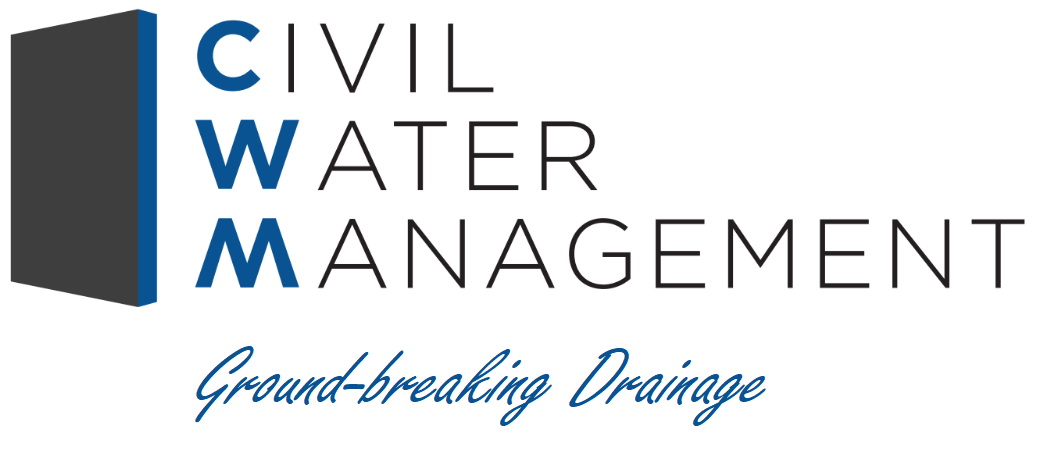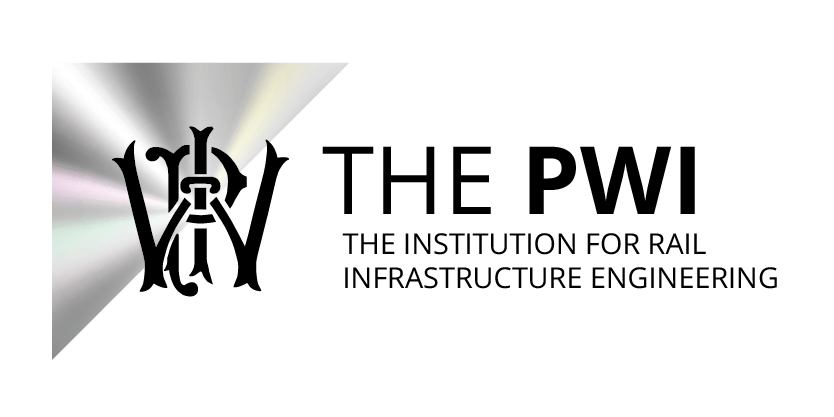
TDS-400 Transport Drainage System
Network Rail Product Accepted (PADS)

Award Winners of The PWI
Climate Change and Decarbonisation Prize 2022
Advantages
-
Increased Workforce Safety
The TDS-400 system has been proven to work safely and effectively in track, highway and civil engineering installations.
The speed of installation reduces the number of workforce shifts needed to remediate rail and highway assets by up to and over 300%.
In a typical example for rail, a 1.3 km track drainage remediation project can be completed in 14 shifts as opposed to 66 shifts.
-
Major Cost Savings
Increasing your installation rate by up to 60 meters per hour will deliver major cost savings. Traditional rail and highway drainage remediation methods can average rates as low as 2.5 meters per hour.
Trackside remediations using TDS-400 have shown savings up to £1.25m for every 650 meters of drainage requirement in live rail environments.
The need to replace / remove ballast is reduced, while track and road closures, speed restrictions, penalties and fines are minimised.
If 5% of the 32,187 km of track maintained by
Network Rail used TDS-400 on either side, estimated savings are £6.18bn in costs compared to existing track drainage remediation methods.
TDS-400 road sweeper water treatment installations have saved in excess of £300,000 per annum, per site in major works for Highways England, and failing french drains have been rescued avoiding the need to replace entire systems.
-
Reduce Carbon Footprint CO2e
Experienced track drainage supervisors estimate that using TDS-400 can provide a 240% - 315% CO2e reduction for drainage remediation and maintenance works compared to traditional methods used in rail - 66 shifts on the track become 14 shifts, a reduction of 52 shifts against traditional methods.
Because TDS-400 uses recycled plastic, your works will divert plastic landfill to a better use at a rate of 9 tonne per km of panels end-to-end.
Your drainage tenders and contracted works will benefit from a significant reduction in CO2e and carbon footprint, while contributing to achieving global net-zero 2050 targets and fostering a circular economy.
If only 5% of the 32,187 km of track maintained by Network Rail used TDS-400 on either side, the forecasted result would be:
- a staggering 57,937 tonnes of plastic diverted away from landfill, the equivalent weight of 604 Flying Scotsman steam engines.
- an estimated 72,421 tonnes of CO2e net carbon saving could be achieved from these diverted recycled plastics alone, the equivalent of 2.7% of the CO2e reported for purchased good and services for CP5.
-
Specialist Drainage Team
Our specialist drainage team combines decades of experience solving complex drainage challenges in rail, highways and civil engineering environments.
-
UK Certified Manufacture
TDS-400 uses recyclable plastics that are destined for landfill.
TDS-400 drainage panels are manufactured in the UK and divert these difficult materials into a state of the art multimillion pound production facility, we reduce fossil fuel usage.
Significant benefits can be unlocked for the environment, transport operators and the safety of their workforces.
• ISO 9001 Quality Standard (site)
• ISO 14001 Environmental Standard (site)
• OHSAS 18001 Occupational H&S Standard (site)
| Installation Rate | Project Shifts | Installation Cost | Cost Saving | |
|---|---|---|---|---|
| TDS-400 | 60 meters per hour | 1300m 14 shifts | 2.3m | 2.5m |
| Traditional | 2.5 meters per hour | 1300m 66 shifts | 4.8m | N/A |
Civil Grade Drainage Systems
Drainage Specification Appraisals Available On Request
Location
Civil Water Management Ltd
Unit 9 Offices, Leeds Bradford Airport Industrial Estate
Harrogate Road, Yeadon
Leeds
LS19 7WP
Email
carl@civilwatermanagement.comManaging Director
TDS-400
Transport Drainage System 400:
Advanced drainage systems for Rail, Highways, Civil Engineering and Government Agencies.
Menu
Contact Our Specialist Team
- Mon - Sun
- Open 24 Hours
All Rights Reserved | Civil Water Management Ltd
